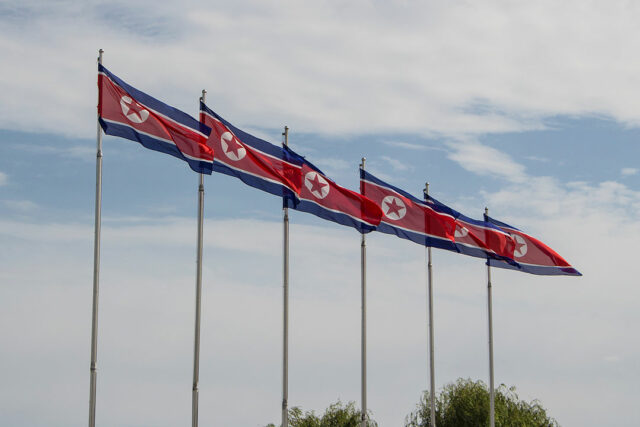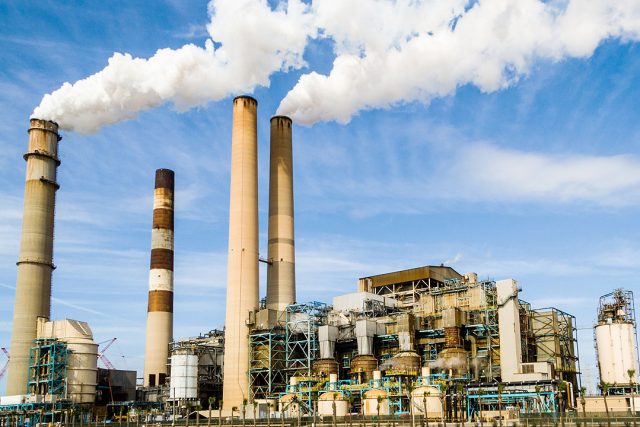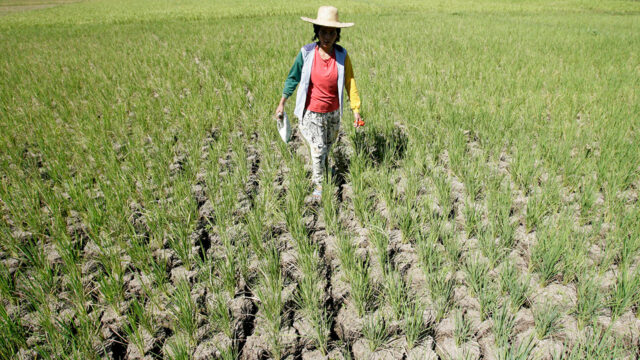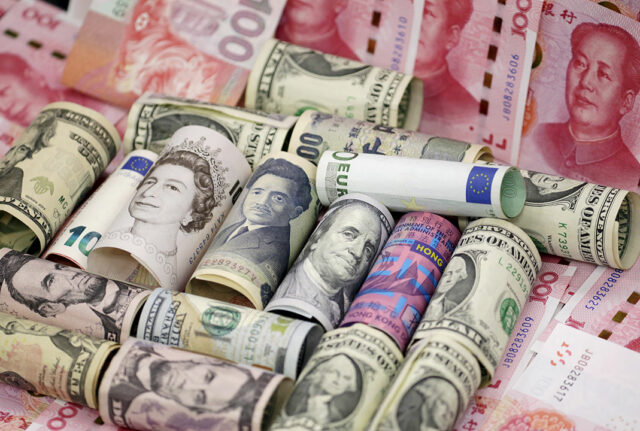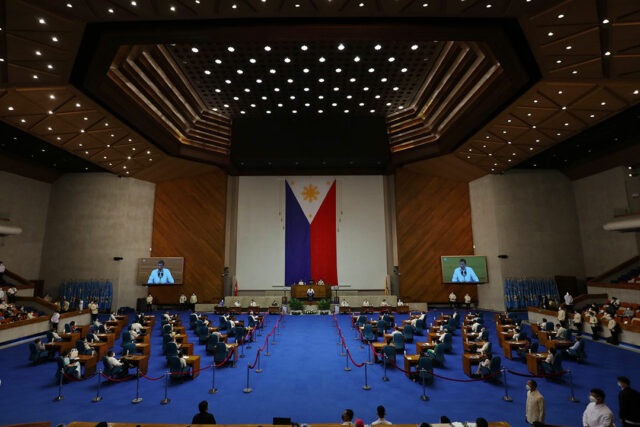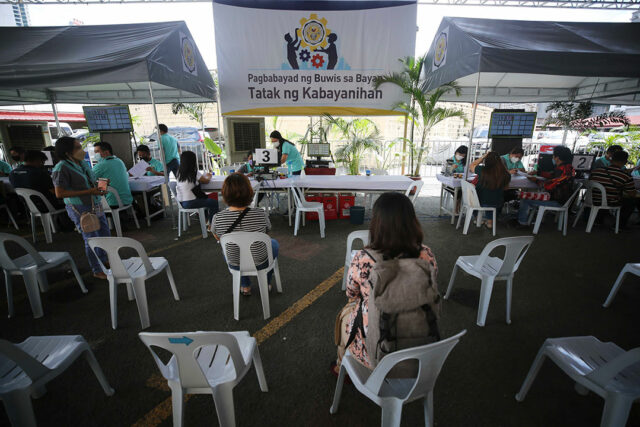What we know about North Korea’s new satellite and claims of Russian aid
SEOUL — Officials and experts around the world are seeking to independently verify North Korea’s claim this week that it successfully launched its first spy satellite, an effort that South Korea asserts likely included Russian aid.
With the late-night launch on Tuesday, North Korea appears to have overcome the technical problems that sent two previous attempts with its new Chollima-1 rocket plunging into the sea.
IS IT WORKING?
What remains unconfirmed, however, is whether its payload, the reconnaissance satellite Malligyong-1, is operating in orbit, and whether the North received any outside help.
It may take some time to determine whether the satellite is in operational orbit, is sending signals, and what its capabilities are, analysts said.
“To assess the success of this launch, it is crucial not only to determine whether the projectile entered orbit but also to secure the ability to adjust and conduct reconnaissance from that orbit,” said Hong Min, a senior fellow at the Korea Institute for National Unification. “This includes verifying the capability to take pictures with optical cameras and transmitting them appropriately to the satellite center.”
HOW COULD IT BE USED?
North Korea has not shown imagery of the satellite, but photos released by state media from a visit leader Kim Jong Un made this year to a production facility showed small, solar-powered satellites that are most likely similar to the one launched on Tuesday, said Vann Van Diepen, a former US government weapons expert who works with the Stimson Center in Washington.
“It’s likely that this is a relatively small, optical satellite that is going to have relatively low resolution,” he told Reuters. “But even a relatively low-resolution satellite is better than not having a satellite, which is their current situation.”
Such a satellite is unlikely to provide the North with detailed intelligence on specific weapons systems in South Korea, for example, but it would still be useful for identifying things such as large troop movements, Van Diepen added.
To launch a more-capable satellite, North Korea will most likely need to develop a larger rocket, which it appears to be doing, he said.
After the first failed test, South Korea recovered some of the Chollima-1 wreckage — including, for the first time, parts of a satellite, which it said had little military value.
RUSSIAN AID?
South Korea’s spy agency has said North Korea may have overcome technical hurdles with the help of Russia, which in September publicly pledged to help Pyongyang build satellites.
Many experts expressed doubts, however, that Moscow could have provided game-changing assistance in the roughly two months since then.
“It’s much too early for the North Koreans to have integrated any assistance Russia may have agreed to supply,” Jeffrey Lewis, a non-proliferation expert at the Middlebury Institute of International Studies, said in a post on the social media platform X. “Maybe the Russians gave them some advice, but it’s normal for countries to launch and learn.”
Chang Young-keun, a professor at Korea Aerospace University, said it would have been impossible for the North to rebuild a satellite with Russian technology or hardware assistance within that time.
“But Russia could have offered some analysis on previous failures and telemetry data,” he said.
Replacing parts, improving software, system integration, and test runs can’t typically be done quickly, but Russian support could still be valuable in key areas such as improving the satellite’s capabilities or resolving the combustion instability that plagued an earlier launch, said Lee Choon-geun, a rocket expert at South Korea’s Science and Technology Policy Institute.
TIES TO MISSILES?
The United States and its allies called North Korea’s latest satellite tests clear violations of United Nations Security Council resolutions, which prohibit development of technology applicable to North Korea’s ballistic missile programs.
UN resolutions — passed with Russia’s support — also ban any scientific and technical cooperation with North Korea in nuclear science and technology, aerospace and aeronautical engineering and technology, or advanced manufacturing production techniques and methods.
The Chollima-1 seems to be a new design and most likely uses the dual-nozzle liquid-fueled engines developed for Pyongyang’s Hwasong-15 intercontinental ballistic missiles (ICBMs), which has roots in Soviet designs, analysts said.
However, although the space launch vehicle (SLV) probably uses the same RD250-like engines as North Korea’s ICBMs, there are design differences between the two, Lewis said.
“North Korea is no longer shy about testing ICBMs, so no — this really is an SLV,” he said. — Reuters

